There can be your advertisement
300x150
How to Choose Plants for a Country Plot?
Decided to start a garden but haven't figured out what to plant? Experts from Derevo Park studio share how to make a choice and what to consider when purchasing.
Evaluate the planting conditions
This is important for new plants that haven't yet adapted to the characteristics of your soil. Check sunlight, soil quality, and terrain. Based on this, experts can select the most suitable option.
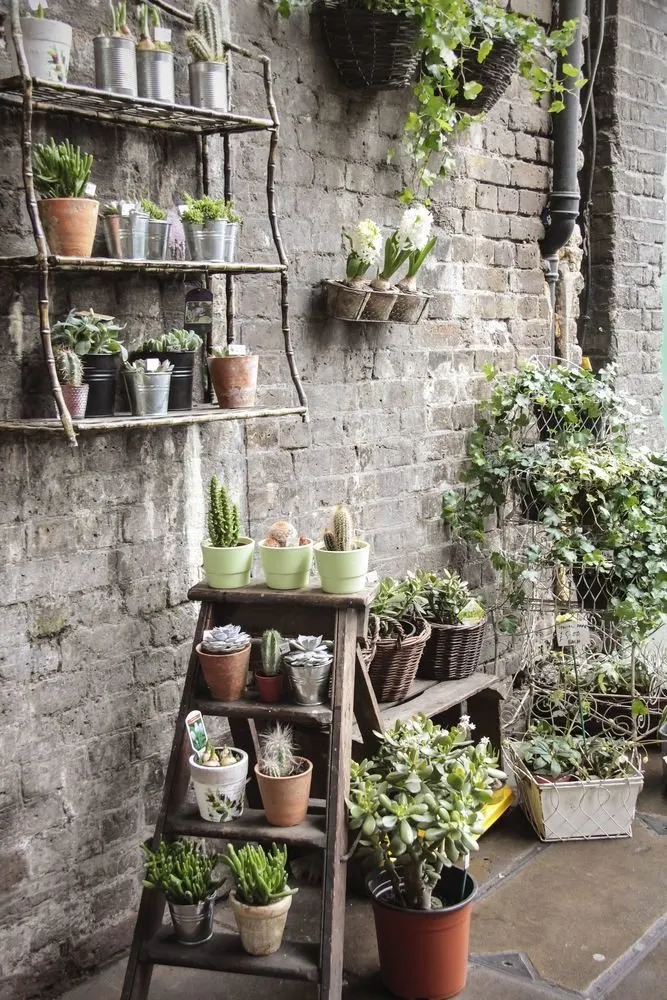
Look at neighboring plants
Once you've decided on the plants, take a look around. Do your neighbors grow similar varieties? Sometimes it's better to get cuttings from a neighbor, especially if they are perennials. Plants on their plot have already adapted to local conditions and will easily survive transplanting.
By the way, perennials should be divided and thinned every few years. So you can be sure that plants for your garden will definitely be found among your neighbors.
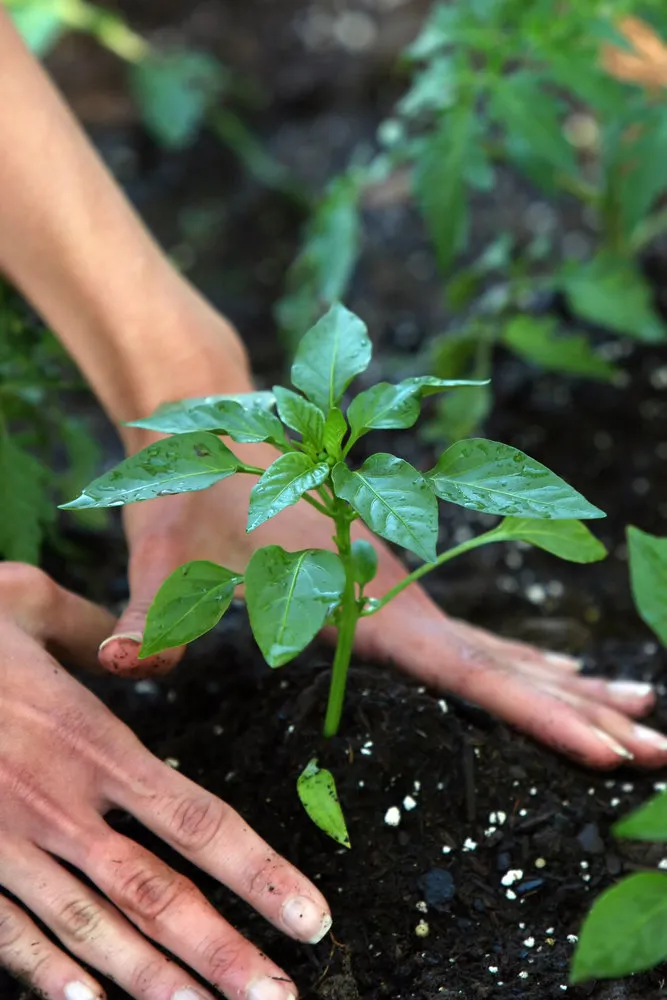
Choose a suitable nursery
First, check customer reviews. Make sure that the plant’s species, variety, origin, and other details are clearly provided.
If it was grown in a nursery, inspect the density of leaves or needles, the condition of young shoots, and whether flowering or bud-bearing plants have buds or flowers. Also observe any color changes in bark, leaves, or shoots, and check for new growth on the vegetative parts.
Inspect the root system: if it's a perennial in a container or a small shrub, ask the seller to remove it from the container. If the soil clump doesn’t crumble and roots look fresh, everything is fine.
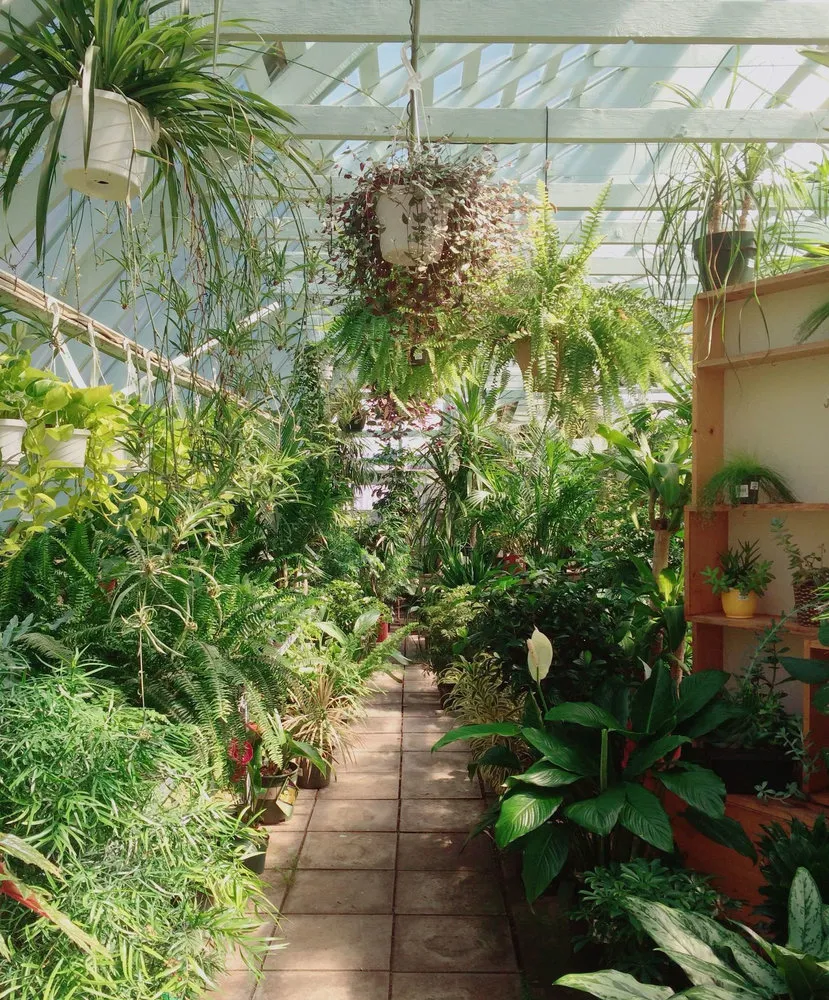
If the plant is from a European nursery and its condition doesn’t raise concerns, find out what hardiness zone it was imported from. Are you trying to buy a non-hardy Lawson's Cypress (which looks like our yews and junipers) or Magnolia with Glycine – these plants won’t survive the winter in open ground.
Also, avoid buying seedlings from untrustworthy sellers who promise tomato trees, climbing lilac, ampelous strawberries the size of apples, or watermelons for open-ground cultivation in northern regions.
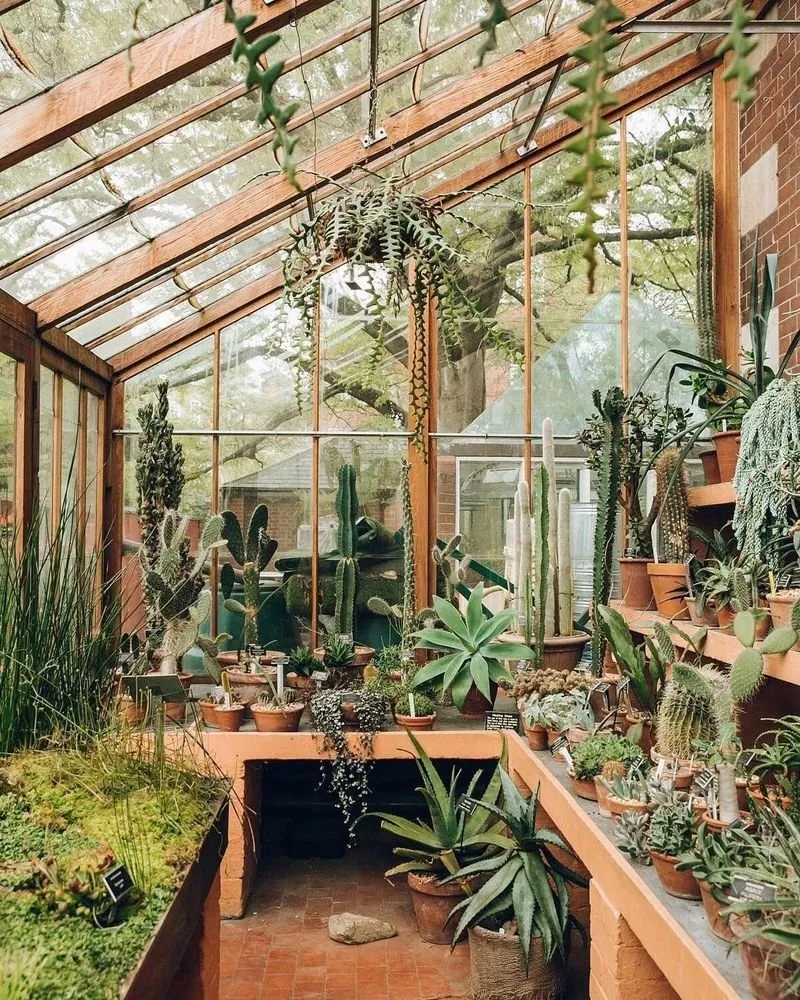
Pay attention to details
For example, if you need plants for a fruit orchard, you’ll have to find a nearby nursery that grows rootstocks and performs grafting. It’s crucial that the nursery has its own mother plantings or buys grafting material only from verified, certified suppliers.
Otherwise, you may wait for a harvest for a long time without success: many garden centers near roads, fairs, and markets sell southern seedlings that won’t survive in our conditions.

Consult professionals
This is especially important if you’re planning large-scale plantings with large trees. Heavy machinery, up to 100-ton cranes, may also be required.

More articles:
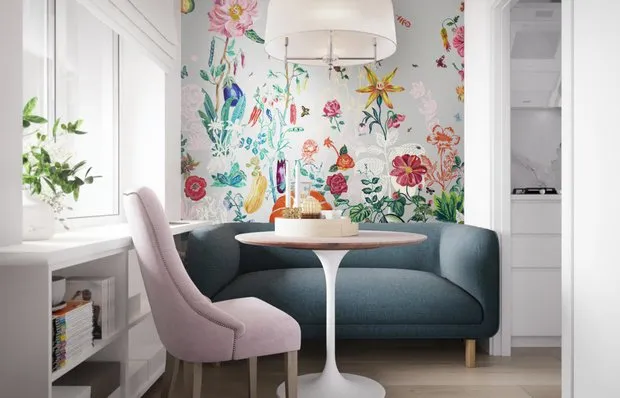 How to Find Space for a Dining Area in a Small Apartment?
How to Find Space for a Dining Area in a Small Apartment?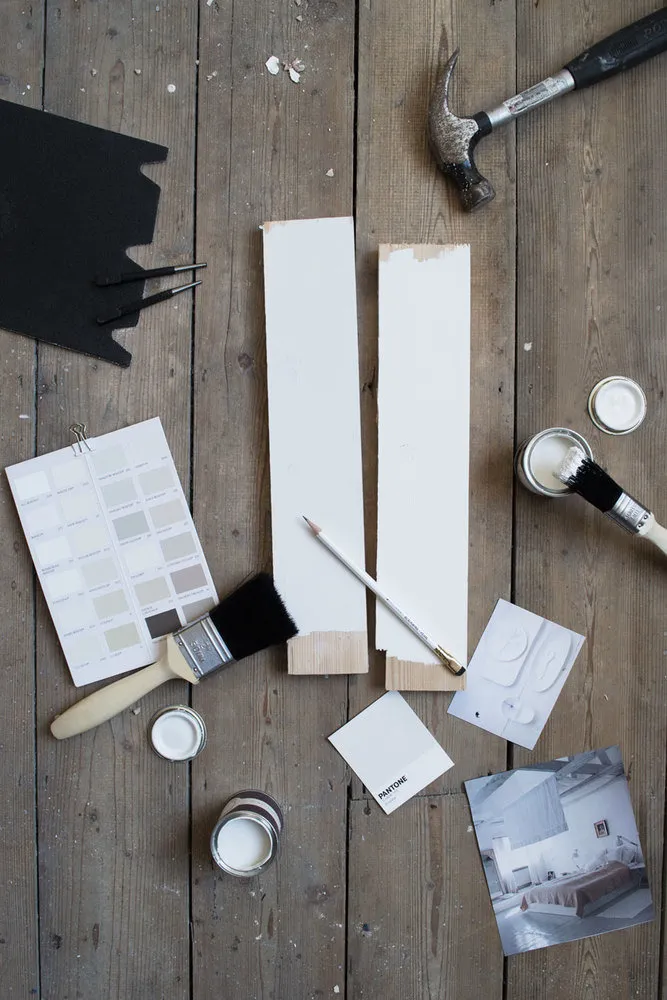 6 Facts About Floor Painting You Should Know
6 Facts About Floor Painting You Should Know How to Organize Your Balcony: 3 Tips
How to Organize Your Balcony: 3 Tips Architect's Apartment, Renovated in 9 Weeks
Architect's Apartment, Renovated in 9 Weeks How to Repair an Apartment for Rent: 7 Tips
How to Repair an Apartment for Rent: 7 Tips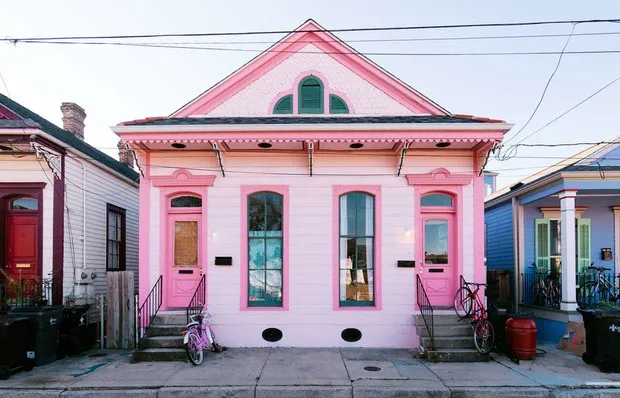 Life in Pink: Bright Blogger's Home in the USA
Life in Pink: Bright Blogger's Home in the USA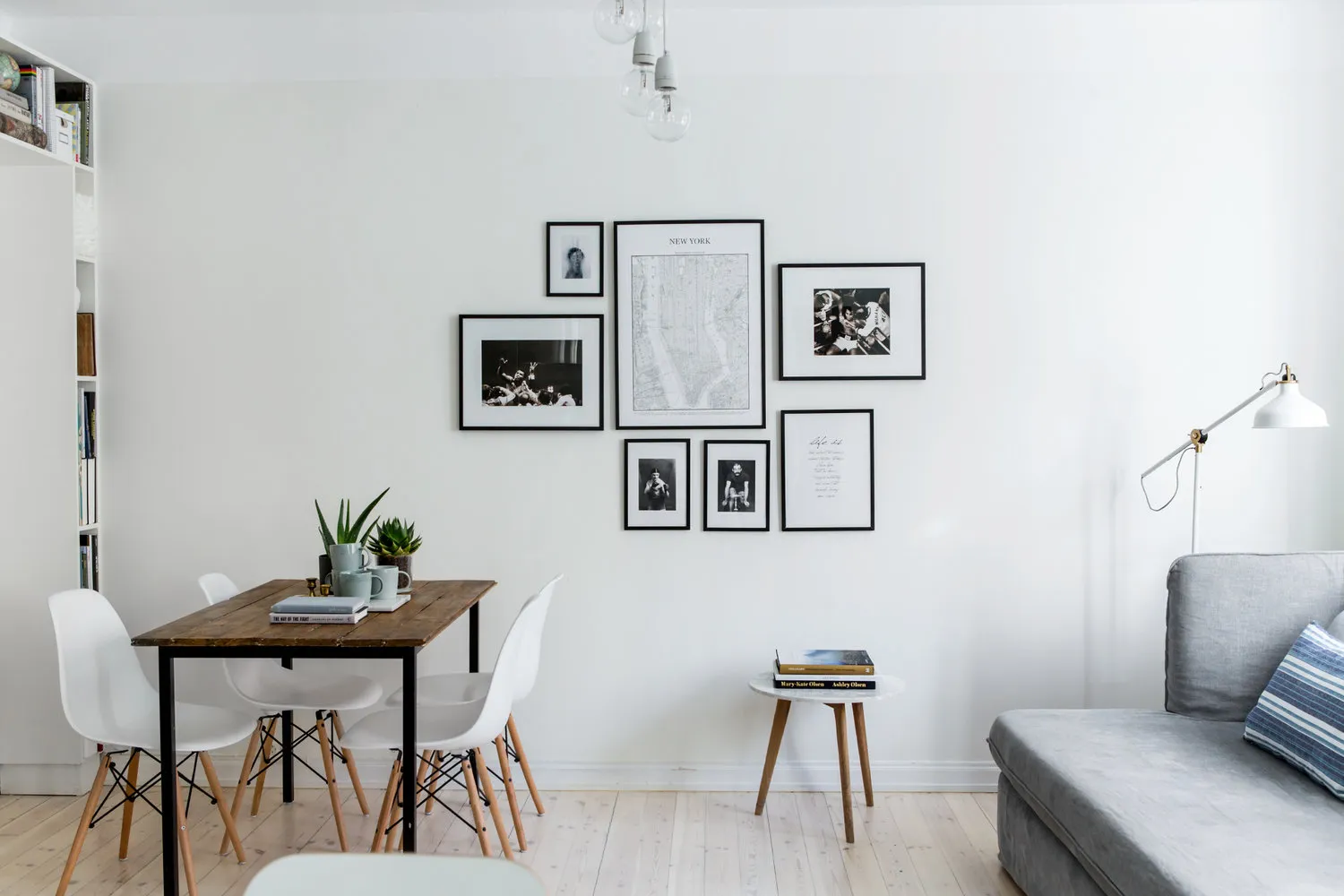 Throw It Out Immediately: 7 Things That Ruin Interior Design
Throw It Out Immediately: 7 Things That Ruin Interior Design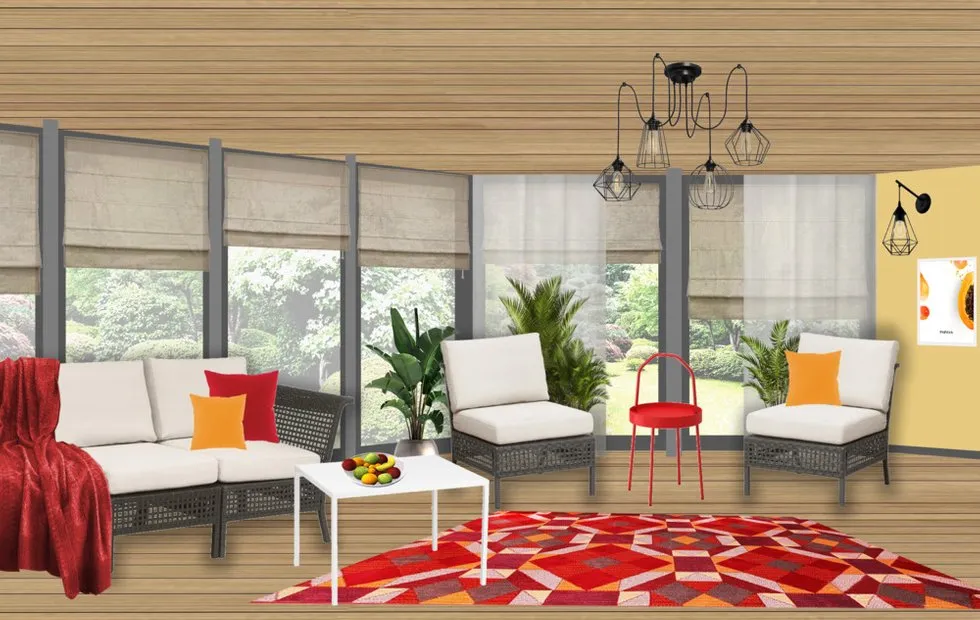 Design Battle: Lounge Area on a Country Terrace
Design Battle: Lounge Area on a Country Terrace